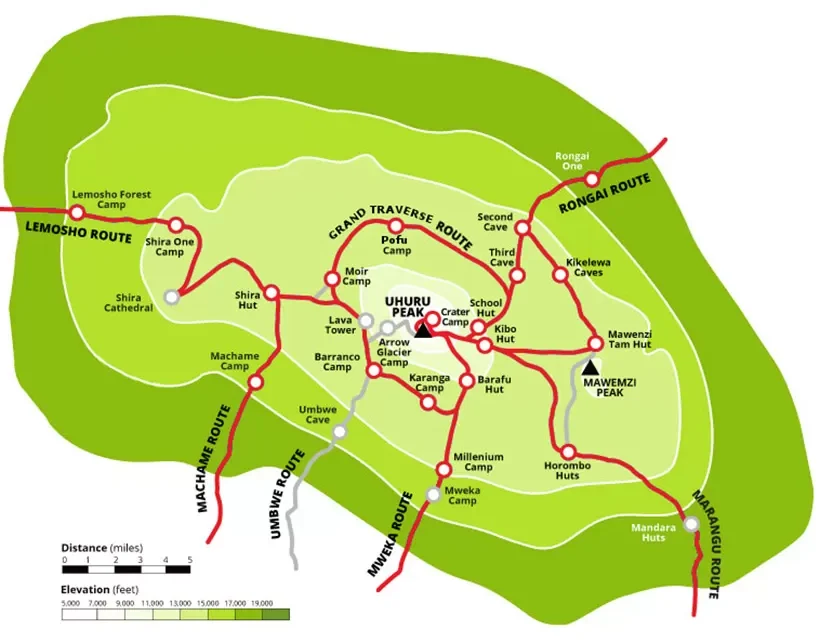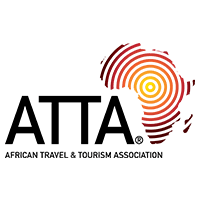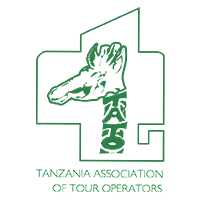Direct Booking?

Direct Booking?
If you want a more comfortable route to climb Kilimanjaro, the Marangu Route is it. If camping is not your thing, the Marangu Route is ideal. If you don’t have much time, consider taking the Marangu Route. If you want something more economical, the Marangu Route is the way to go. Let’s take a closer look at one of the most unique trails on Kilimanjaro.
Every year, Kilimanjaro Booking Team Kili assists hundreds of trekkers summit Uhuru Peak. Despite the fact that the Marangu path has become more popular, we continue to see a large number of people choosing the path with the huts. So why not? Although the Marangu no longer receives much attention, it was the first route on Kilimanjaro and is thus an outstanding classic.

The Marangu Route spans 72.5 kilometres (44 miles) from gate to gate. In comparison, the Marangu Route covers a slightly longer distance than the Machame or Lemosho Routes. Although there is much debate about the accuracy of success rates, it is vital to note that the Marangu Route does not have high success rates. More about that in the following paragraph.
The Marangu Route is often called the Tourist or Coca-Cola Route. The Machame Route is known as the Whisky Route. That sounds much cooler than Tourist or Coca-Cola, right? Indeed, the Marangu Route has a reputation problem. The moniker can create the idea that it is a simple path or that it is quite busy, with long lines of people. Both impressions are incorrect. Although the Marangu Route is the simplest to follow due to its modest incline and direct path, acclimatisation is challenging. This is why the 5-day version, in particular, is unpopular with tour companies.
Approximately half of those who take the 5-day Marangu Route do not make it to the top. This figure would vary dramatically if those people had taken the 6-day Marangu Route, which includes an acclimatisation day. This results in a success rate of above 80%. Not bad. So what about all the tourists? No, this is not a particularly busy path. In reality, the Machame and Lemosho Routes attract significantly greater traffic. So, it appears that the Marangu Route is easily misconstrued.
What makes the Marangu Route unique? Huts! There’s no need to camp! On the Marangu Route, you will stay in dormitory-style huts. Now we’re chatting. Mattresses? Check. Pillows? Check. The huts on the Marangu Route provide a very typical alpine atmosphere, reminiscent of a hut-to-hut climb. Sure, you don’t have many of the same luxuries, but it’s easier to connect with others who are going through similar experiences. The huts and itinerary are discussed more in the following paragraphs. Another advantage of the Marangu Route is the amount of days. Although it is not ideal for acclimatisation, you can complete the Marangu Route in 5 days. This makes it the fastest path up Kilimanjaro.
There are no seasonal restrictions on Kilimanjaro. The mountain is open for trekking and climbing adventures all year. Having said that, certain months are more ideal than others. The rainy season runs from April to May and November to December
The dry season runs from January to March and June to October. As such, the Machame Route is best experienced during the dry season. The dry season is also the busiest season. If you want to climb Kilimanjaro at a gentler period, consider climbing the Marangu Route during the rainy season. The paths will be quieter, and because you are staying in huts, you will not have to camp out in the rain.
Trekking in the Kilimanjaro requires decent gear. Especially the basics like an 80-90 L backpack and quality trekking socks. We highly recommend that you read our suggestted packing list to hike the Marangu Route.
The Marangu Route is the only route on Kilimanjaro that does not allow camping. Like it or not, you have to stay in the huts.
Mandara Huts: accommodate 60 climbers, with four to eight people each A-frame hut. There is a little shop that sells food, drinks, and sometimes alcohol.
Horombo Huts accommodate 120 climbers, with four to eight people each A-frame hut. This camp is double the size of the others because the majority of climbers spend two nights there.
Kibo Huts: 60 climbers, spacious dormitories in a stone structure. Because to the altitude, Kibo Huts offers minimal amenities.
Aside from Kibo Huts, the camps offer a variety of advantages. There are communal dining halls, bathrooms, a cooking hut, separate crew huts, solar power, and running water in the lower huts. You can also expect flush toilets in the huts. Overall, the Marangu path is clearly the most comfortable path on Kilimanjaro.




Tailor Made your Trekking

2024/2025 >> Click Here

